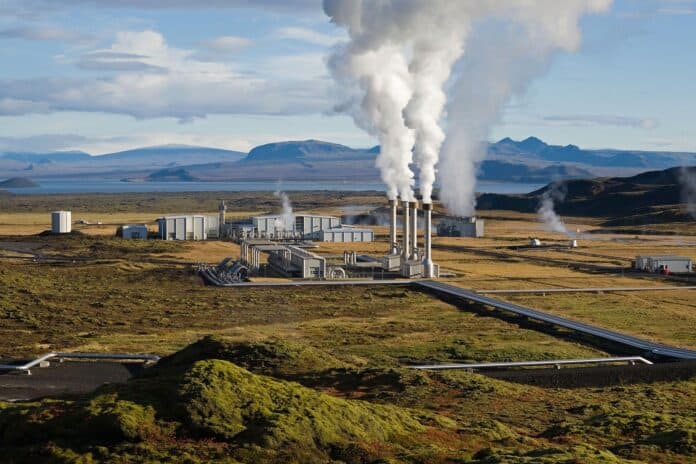As the world goes about decarbonising and switching to clean energy sources, geothermal energy is quietly holding its ground—literally. Unlike wind and solar, which depend on the weather, geothermal energy taps into the Earth’s internal heat to power homes, businesses and entire cities. It’s steady, sustainable and surprisingly versatile, making it an underutilised part of the renewable energy conversation.
But what makes geothermal energy so good? And where does it fit in the bigger picture of sustainable solutions? Let’s dig in—no pun intended.
The Basics: What is Geothermal Energy?
Geothermal energy comes from the Earth’s core, where intense heat is stored beneath the surface. Power plants can harness this heat to generate electricity, while geothermal heat pumps can be used to heat and cool buildings. It’s a clean energy source that produces little to no greenhouse gas emissions once operational.
And it’s efficient. Unlike solar panels or wind turbines, which rely on the sun shining or the wind blowing, geothermal power is consistent. Plants can run at near full capacity almost all year, making it one of the most reliable forms of renewable energy today.
Why Geothermal Energy Rocks
One of the biggest advantages of geothermal energy is its reliability. It’s not affected by time of day or season and doesn’t require battery storage to keep the lights on overnight. That makes it a great candidate for providing what energy experts call “baseload power”—the minimum level of demand on an electrical grid.
Another major plus is its small footprint. Geothermal plants use less land than wind farms or solar arrays. And because the technology can be installed underground, it blends in more easily into urban or suburban settings.
And then there’s the environmental angle. Geothermal systems emit virtually no carbon dioxide, sulfur dioxide or nitrogen oxides—pollutants found in fossil fuel plants. With heating and cooling accounting for a big chunk of household and commercial energy use, geothermal heat pumps can also cut energy bills and emissions at the building level.
Powering Homes, Buildings and Communities
Geothermal electricity is generated by using underground heat to produce steam, which then spins turbines connected to generators. That power can be sent directly to the grid, reducing our dependence on coal or natural gas. On a smaller scale, geothermal heat pumps are used for space heating and cooling. These systems work by transferring heat between a building and the ground. In the winter, they pull heat up from the Earth; in the summer, they send excess indoor heat back down. It’s an elegant, energy-efficient solution that works almost anywhere, even in areas without volcanic activity.
What are the Challenges?
Geothermal energy isn’t without its challenges. One of the biggest is that it’s location-specific. While heat exists everywhere beneath the Earth’s surface, practical access to that heat is concentrated in geologically active areas. That limits where geothermal power plants can be built.
Then there’s the high upfront cost. Drilling deep into the Earth, conducting geological surveys and installing equipment requires significant investment. Although operating costs are low over time, the initial funding can be a barrier.
Environmental concerns like land subsidence or minor seismic activity can also occur if the systems are not managed properly. But with proper planning and regulation, these risks can be minimised.
A Core Part of a Clean Energy Future
Despite the challenges, geothermal energy has huge potential. It complements solar and wind by providing steady, around-the-clock power. With supportive policies, technological innovation and investment, it can bring clean energy to more communities, remote or underserved ones.
As we move towards a low-carbon future, it’s clear no one energy source will do it all. But geothermal energy is a reliable, scalable and clean option that deserves more attention—and investment. It’s time we dig a little deeper and recognise the Earth’s own heat as a key ally in the fight against climate change.


